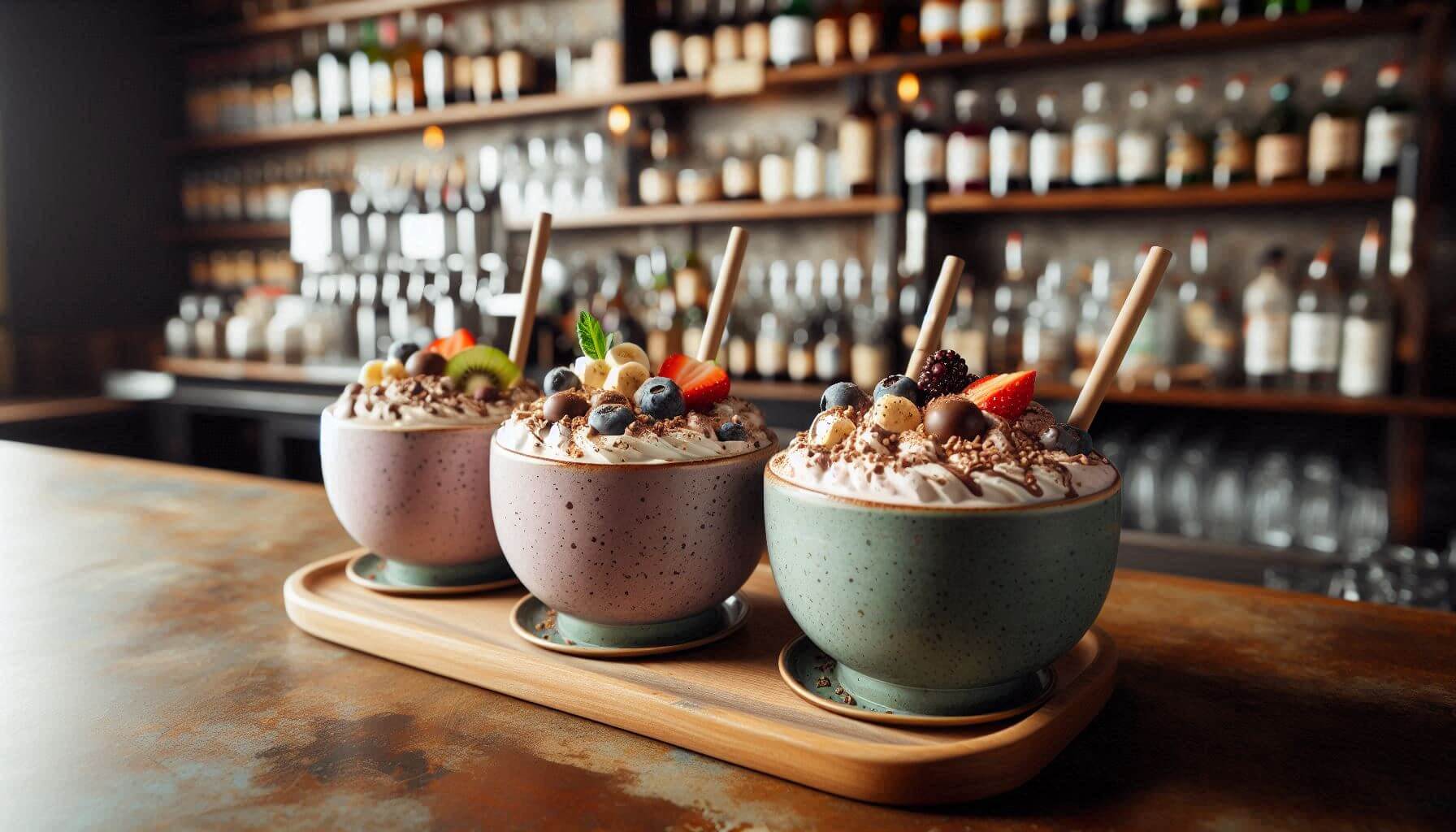Are Snacks Right for Your Menu?
by David Klemt

Wow, AI-generated food that actually looks like food!
The latest “-ification” to take root in food and beverage centers around people favoring consuming several meals throughout the day.
The “snackification” of F&B menus across the industry is joining “gamification” in moving from trend to standard.
So, what is snackification, and is it right for your concept, brand, and menus?
Let’s start by tackling the first part of that question.
What is Snackification?
Looking at this word from the consumer side, snackification is the replacement of full-size meals with multiple snacks.
There are several factors to which one can point to explain how this behavior went from trend to mainstay. One prevailing theory posits that people snacked more often throughout the day during the pandemic. That particular behavior simply hasn’t fallen to the wayside.
Another driver may be cost. A percentage of consumers perceive “traditional” daypart dining as more expensive than opting for smaller items whenever they feel hungry. Whether true, false, or somewhere in between, this perception exists, and it’s strengthening snacks as a viable menu category.
Of course, there’s also the treat factor. Some people simply like to treat themselves, and a snack several times a week helps them fulfill this desire.
On the operator side, snackification is the embracing of snacks as a revenue generator.
Several restaurants have created snack sections on their F&B menus. Indeed, more than a mere handful of quick-service and fast-casual concepts are leaning into snacks.
However, the creation of QSR brands that focus on snacks truly illustrates the strength of snackification.
Should You Snackify Your Menu?
Making changes to your concept and menu requires careful consideration.
Jumping on any trend should also be done with caution; the same goes for changing an element of operations to embrace a new standard.
There are several questions that need answers before deciding to snackify your menu.
- What items will you offer as snacks? With the rise in usage of GLP-1 drugs, protein-rich snacks are growing in popularity. A focus on wellness is also motivating consumers to seek out snacks that are lower in sugar and calories. However, sweet treats are still sought after. Again, careful consideration is key.
- How well do you know your guests? Using data, can you say with confidence that you can leverage snacks successfully? Do you know what types of snacks will resonate with guests? Are the snacks you’re considering in alignment with your brand and concept, or will the change confuse guests?
- Will offering snacks increase your costs? You need to know know with certainty how snack items will affect labor and food costs.
- Will the change to snacking impact other dayparts? It’s possible the shift can cannibalize dayparts, which will affect your costs, traffic, and revenue.
- Can you transform items already on your menu into snacks? Doing so could keep your costs under control, and help you make the shift quickly. What on your menu is high in protein, craveable, and able to be produced in smaller portions easily?
It’s quite likely that snacks will resonate with your guests. However, you need to know, not guess. What does your data tell you about traffic, item sales, and guest preferences?
As I’ve said before, success in this business comes down to math, not magic.
Image: Microsoft Designer


